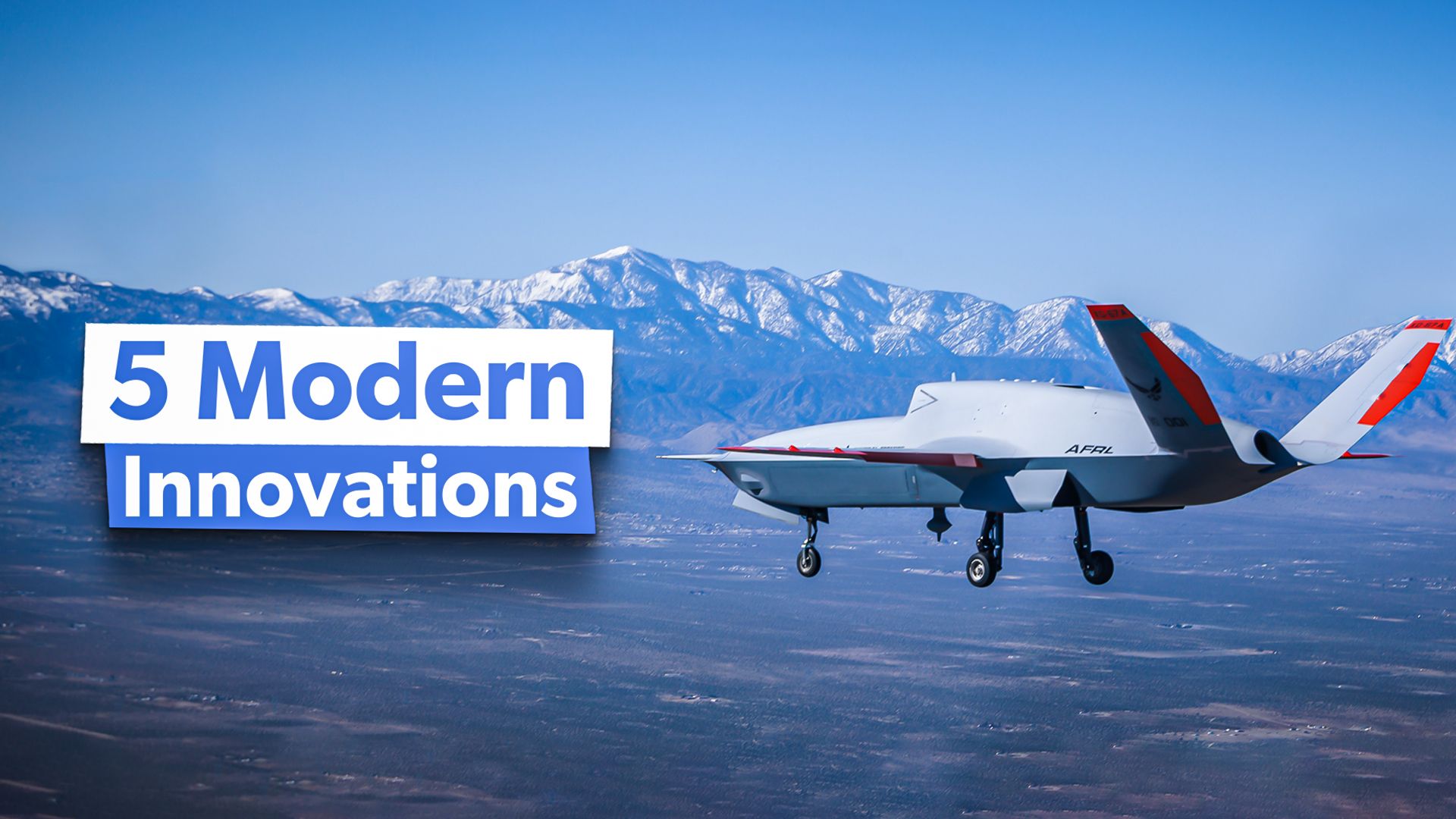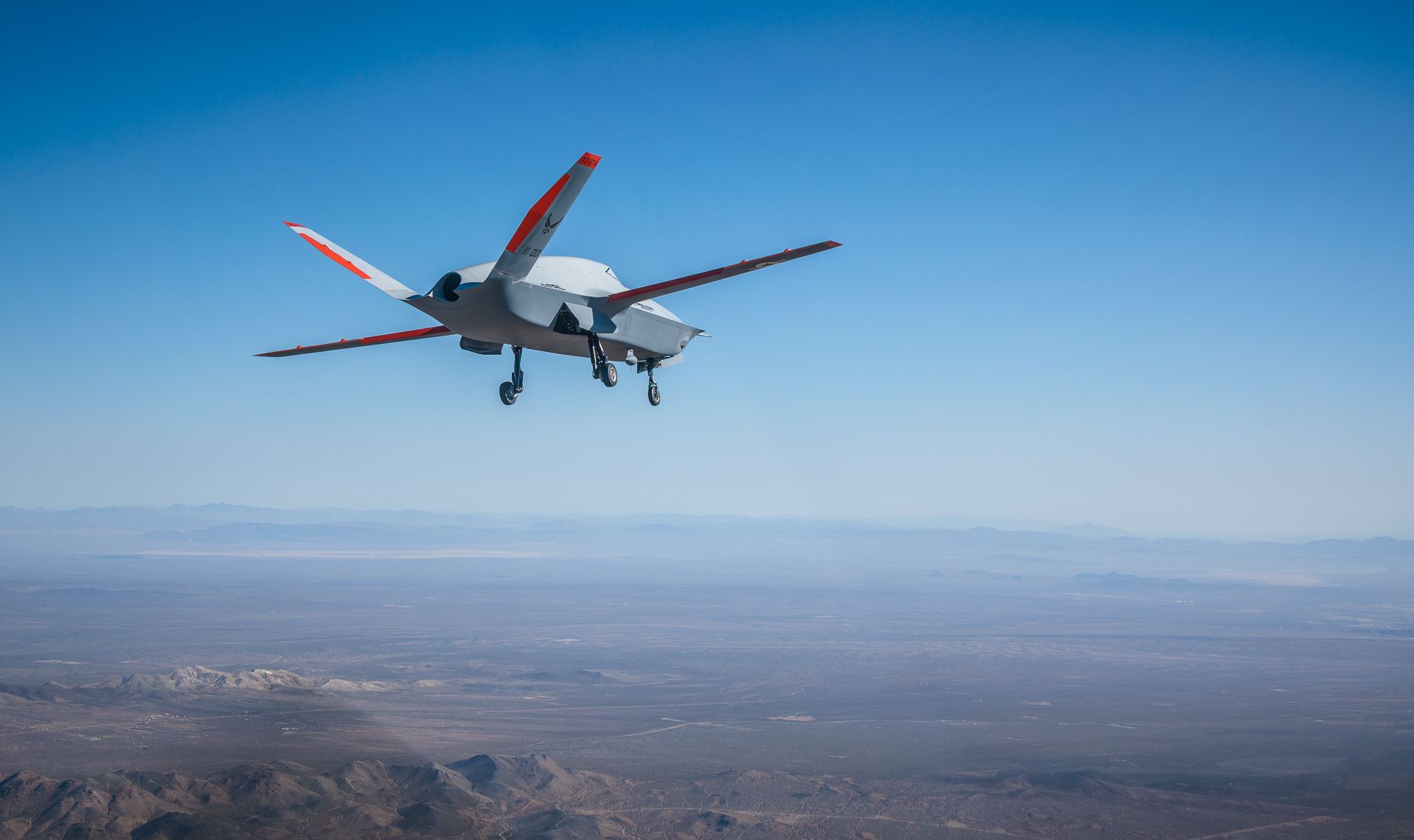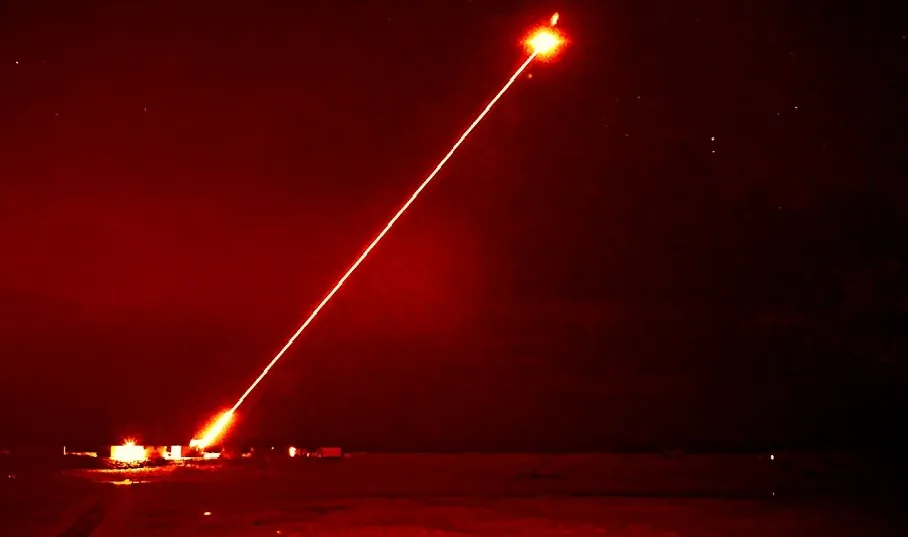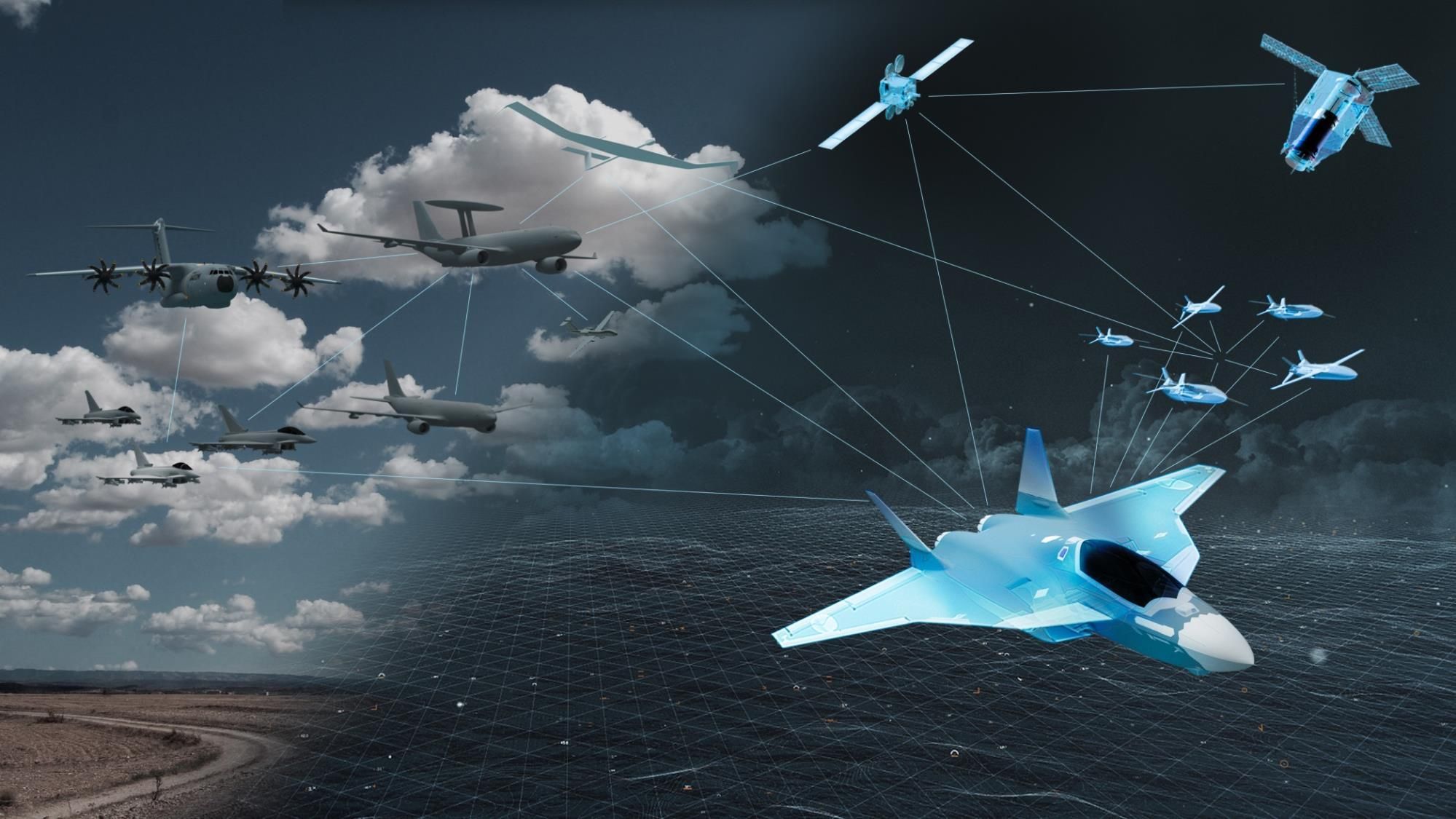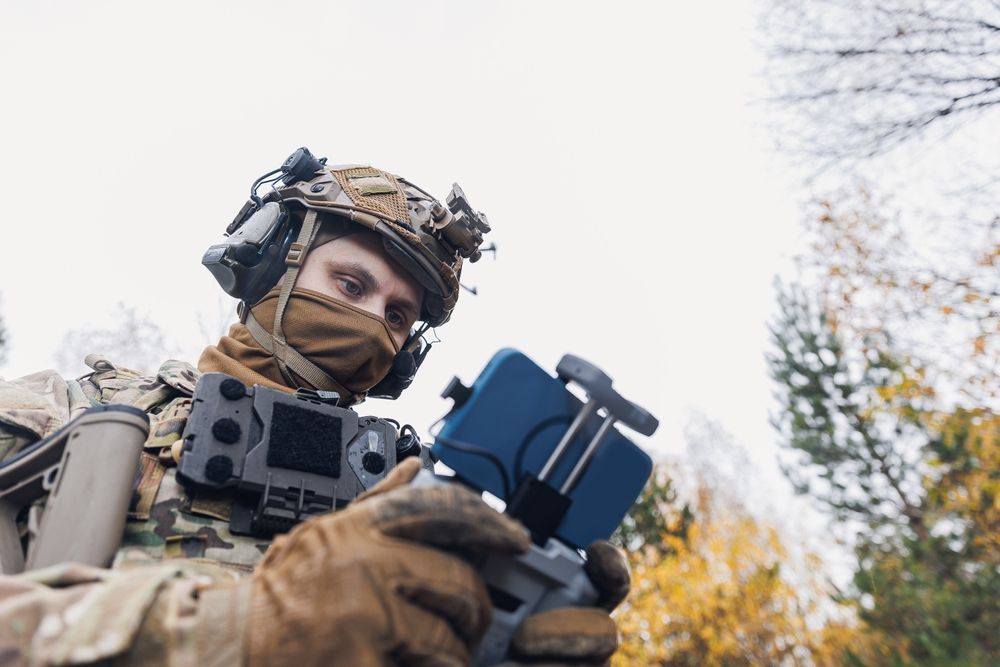Summary
- Advanced loyal wingman drones are being developed to assist the NGAD fighter, incorporating AI and sensors.
- Lasers are being operationalized as a weapon system for 6th-gen fighter jets, with Raytheon’s HELWS already deployed.
- The Air Force is nearing the deployment of hypersonic missiles for rapid striking of high-priority targets, alongside AI development.
While the size of the US Air Force may be shrinking, it is constantly changing and developing new systems and countermeasures to threats developed by other nations. The US Air Force is innovating at a lightning pace spurred on by developments in the war in Ukraine and the specter of military conflict in the Pacific. Some innovations are high-profile (such as the development of the sixth-gen NGAD fighter), while others exist in the software domain (like AI and Cyberwar). Drones ranging from the threat of massed FPV drones to advanced loyal wingman drones are also driving the innovation of the Air Force.
1
Loyal wingman drones
General Atomics and Anduril have been given the green light to develop the advanced CCA further
|
Examples: |
XQ-67A & Fury |
|---|---|
|
Cost: |
Approx. $30 million |
|
Status: |
in development |
As the 6th-generation NGAD fighter jet program progresses, so too does its loyal wingman drone (officially collaborative combat aircraft or CCA) component. Two contractors have now been selected to develop the NGAD system’s advanced drones—General Atomics with its XQ-67A drone and newcomer Anduril with its Fury drone.
Photo: Air Force Material Command
Drones are seen as central to future wars. They will help restore or maintain mass as fighter jet numbers continue to drop (it is not possible to replace older jets with modern jets on a one-for-one basis). These drones are envisioned to become operational towards the end of the decade and will include advanced AI, sensors, and more to greatly enhance the survivability and effectiveness of the manned NGAD fighter.
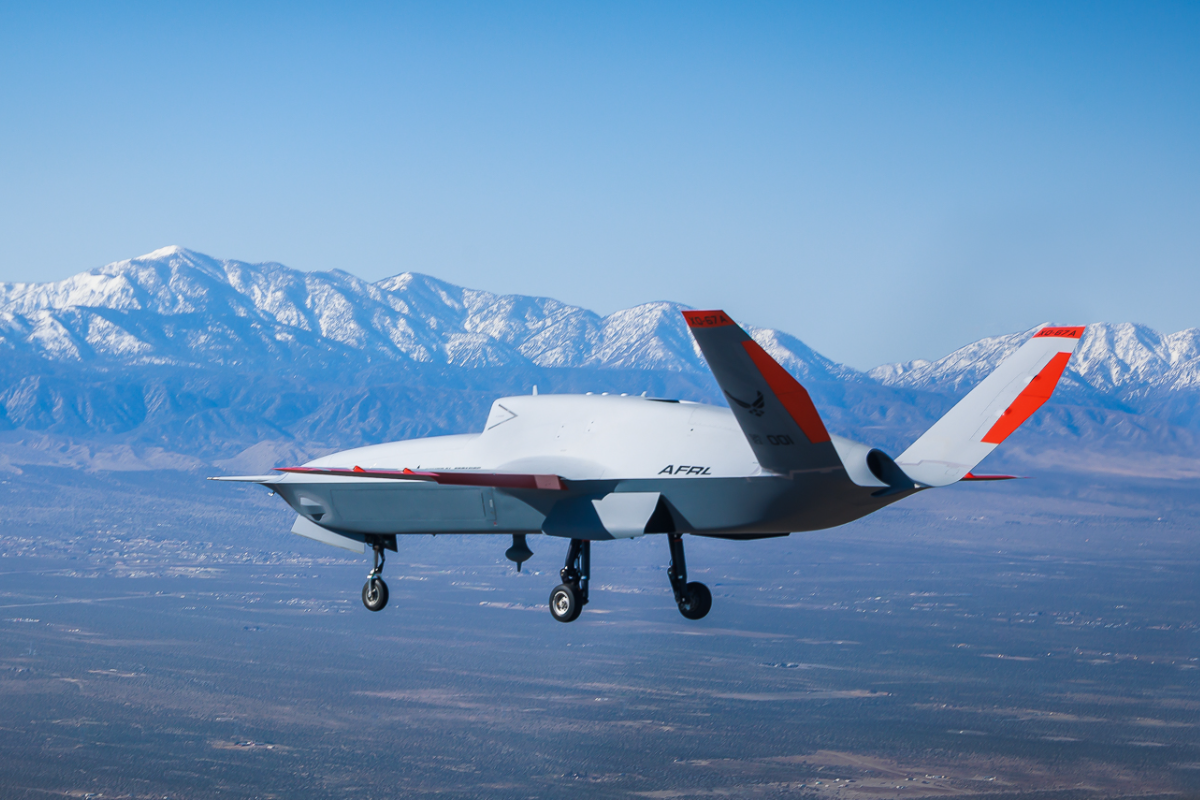
Related
General Atomics’ XQ-67 Drone Could Be New US Air Force Collaborative Combat Aircraft
Two prototype drones have now been selected for Increment 1 of the CCA program to complement the US’s next generation of military aircraft.
2
Lasers
Lasers are envisioned as a core part of sixth-generation fighter jet’s weapon systems
|
Example: |
Raytheon’s HELWS |
|---|---|
|
Cost: |
Approx. $13 per shot (depending on system) |
|
Status: |
in limited operational service (in development for 6th-gen fighters) |
Lasers (or directed energy weapons) are finally becoming operational, and the first are already in service. Raytheon states, “In 2019, the U.S. Air Force deployed our first High-Energy Laser Weapon System, HELWS, overseas, and it has more than 25,000 hours of operation. Certified for use in combat, multiple additional systems are now in theater.”
Sixth-generation fighter jets are being developed with extensive electrical power generation so that they can meet the massive power demands of lasers. The US Army is already reportedly shooting down enemy drones with lasers, while Raytheon says it has delivered four operational laser systems to the US Air Force.
3
Hypersonic missiles
The Air Force is soon to start fielding hypersonic missiles to strike high-priority, time-sensitive targets rapidly
|
Example: |
Lockheed Martin AGM-183A |
|---|---|
|
Cost: |
$15-18 million per missile |
|
Status: |
In final development |
Sometimes, attention is given to the aircraft themselves to the exclusion of the missiles they carry. The great powers are in a race to develop hypersonic missiles. Defense News reported in March 2024 that the Air Force had carried out the final test of the hypersonic AGM-183A Air-launched Rapid Response Weapon.
The missile was launched from a B-52H Stratofortress, although the Air Force didn’t say at the time if the launch was successful. However, it seems clear that the Air Force will soon be operating hypersonic missiles. Russia has already used hypersonic missiles in Ukraine with mixed or underwhelming results (many have reportedly been intercepted).
4
Artificial Intelligence
Artificial Intelligence and machine learning are rapidly developing and are a core part of developing next-generation fighter jets
|
Example: |
Beacon AI (US AI startup) |
|---|---|
|
Cost: |
various |
|
Status: |
In development (some applications may be active) |
It is seemingly difficult to find an article or write-up about the sixth-generation fighter jets and their associated loyal wingman drones without the article also mentioning AI. AI is planned to play a major role in the future of air war. It is capable of solving complex problems far faster than humans, eliminating human errors, and facilitating effective decision-making.
Photo: Airbus
AI has many applications in the military aviation sector, including training pilots, increasing fuel efficiency, manufacturing, air traffic management, and more. One notable US-based example of an aerospace AI startup is Beacon AI, while another is NeuralAgent in Europe. Airbus has just announced it is partnering with NeuralAgent to help develop Europe’s 6th-generation fighter jet.
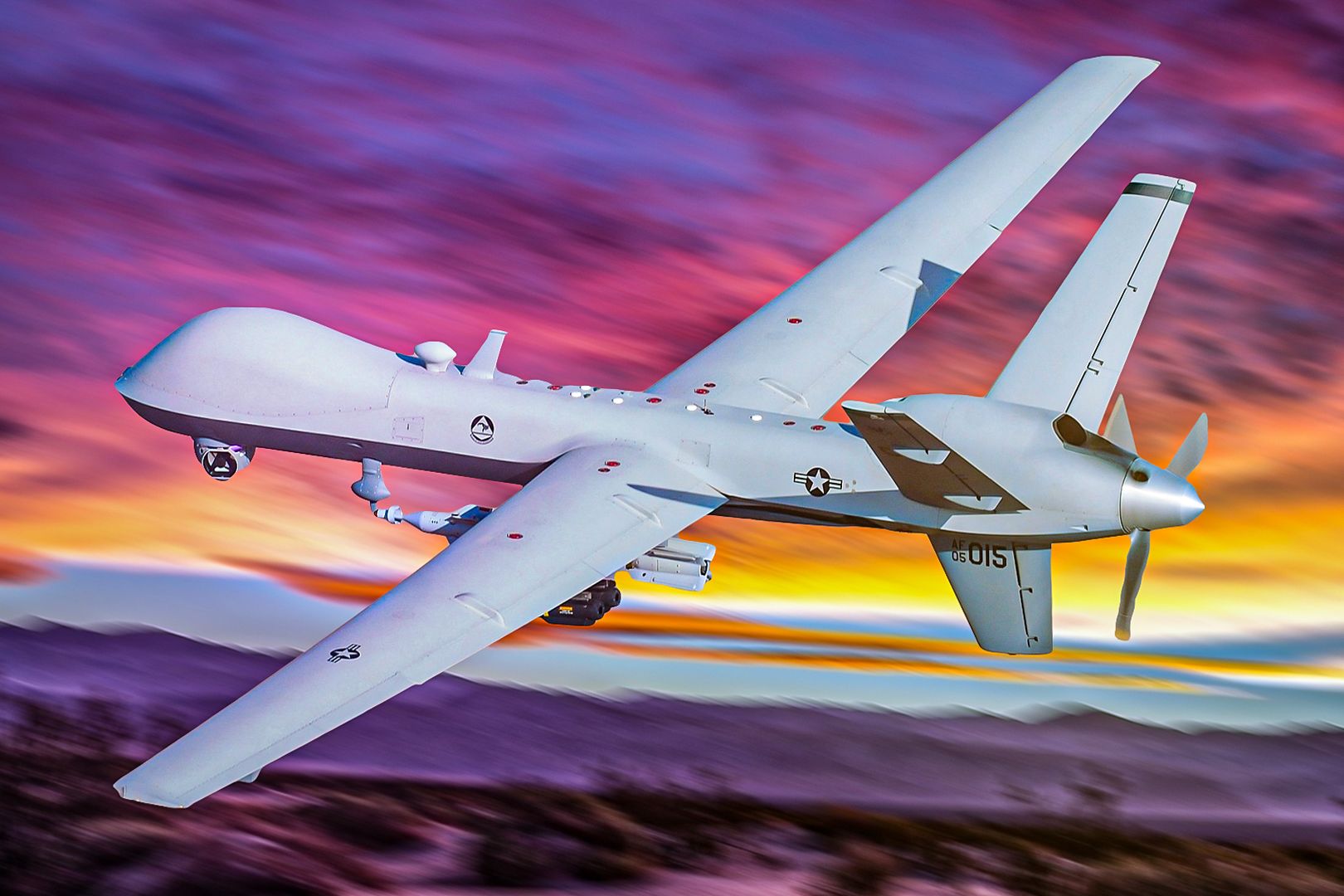
Related
5 Radically Different Types Of Military Drones
As the use of drones explodes on the battlefield changing the way war is fought, so too, are the types of drones.
5
Drones, drones, drones
The explosion and proliferation of drones are forcing air forces to rapidly take countermeasures and develop their own drone systems
|
Examples: |
RQ-11 Ravens; AeroVironment Wasp IIIs; AeroVironment RQ-20 Pumas |
|---|---|
|
Cost: |
$200 for FPV drone to $30 million for MQ-9 Reaper drone |
|
Status: |
Ongoing development and countermeasures |
The list of areas where the Air Force is advancing is very long. But the war in Ukraine has shown just how fast and revolutionary the development of drones has become. In some respects, that war is transforming into a drone war. While the media focus in the United States is on large and expensive drones like the MQ-9 Reaper and the XQ-67A loyal wingman, scores of small drones and drone countermeasures are also being developed.
Photo: Parilov l Shutterstock
Aircraft parked on the ground are becoming more vulnerable than ever to mass drone attacks. While operating masses of small FPV drones may be more the domain of the Army, the Air Force has to adapt and change as drones change the battlefield dynamic. Ukraine has destroyed some of Russia’s most advanced aircraft on the ground with drones and sunk some of its warships with jet ski-like drones.

